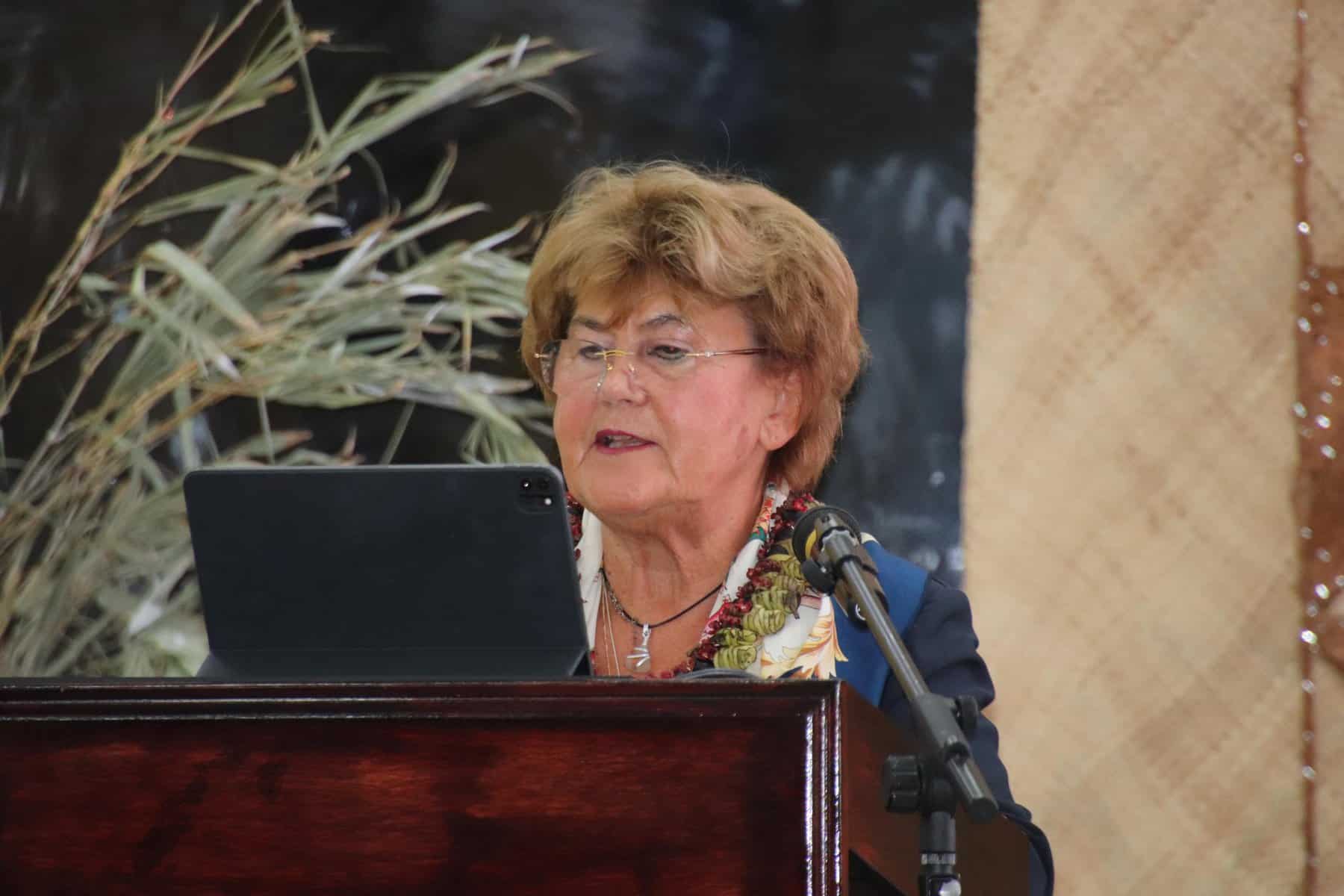Pacific island states and territories may have emerged from the worst days of the Covid-19 pandemic, but they must also brace for other disease outbreaks and climate-related disasters in the future, according to the World Health Organisation.
“Pacific nations have made headway in tackling some of these pressing challenges, but there is still a lot more to do,” said Dr Zsuzsanna Jakab, acting regional director for WHO Regional Office for the Western Pacific.
Pacific island nations continue to struggle with inadequate healthcare systems amid the rising rates of non-communicable diseases and shrinking human resources in the healthcare sector.
“There will be a lot of bumps in the road toward realizing the Healthy Islands vision, but we must face the challenges head-on,” Jakab said during the Fifteenth Pacific Health Ministers Meeting attended by health leaders from 18 Pacific island countries in the Tongan capital of Nuku’alofa from 20 – 22 September.
While making use of advancements in health care studies, Pacific island nations can also draw “valuable lessons” from their own “wisdom and experiences” to “forge a healthier future for all,” Jakab said.
Most Pacific island nations immediately shut down their airports at the onset of the Covid-19 pandemic in 2020, allowing them to guard their borders while the rest of the world were counting deaths and grappling with medical surges.
Most Pacific island nations remained Covid-free until two years after the first world outbreak. By the time the virus reached their borders, the vaccine was already available.
“The pandemic highlighted opportunities to harness health information and digital health, such as telemedicine and electronic medical records, to arm health workers with better data to inform decision-making and strengthen the delivery of health services, especially for those living on remote islands,” WHO said in a statement.
At the recently concluded regional meeting, health leaders committed to 26 coordinated actions to tackle priority health issues: human resources for health, health information systems and digital health, health system resilience, and obesity among children and young people.
The outcomes of the meeting also included 20 requested actions from development partners.
“The set of commitments they established over the past three days will now drive collective action to deliver better health for people across these island nations,” Jakab said.
Ministers explored both emerging and long-standing health challenges in the Pacific, such as the training and retention of healthcare staff and the shortage of healthcare professionals compounded by increasing out-migration overseas.
Health officials noted that the rates of obesity and overweight continue to rise in the region. Pacific island nations make up the top 10 countries with the highest prevalence of overweight among children and young people, with an average of around six in 10 children and young people who are overweight or obese.
Launched in 1995, the Healthy Islands vision is the “unifying theme” for health protection and health promotion in the Pacific.
“We have shared insights, deliberated and charted a path forward – guided by a foundational truth that Pacific peoples’ health matters,” Jakab said in her closing remarks addressing the ministers.
“By working together, we can implement the decisions and recommendations from this meeting. As always, WHO stands side by side with our Pacific island countries and areas, ready to support your efforts to achieve health for all,” he added. This year’s meeting was attended by ministers and senior delegates from Cook Islands, Fiji, French Polynesia, Kiribati, Nauru, New Caledonia, Niue, the Northern Mariana Islands, Palau, Papua New Guinea, Pitcairn Islands, Samoa, Solomon Islands, Tokelau, Tonga, Tuvalu, Vanuatu and Wallis and Futuna. They were joined by delegations from Australia, Japan and New Zealand, as well as representatives from SPC, WHO, and other United Nations agencies and development partners in the Pacific.

One Comment “WHO: Pacific islands facing a bumpy road toward the ‘Healthy Islands’ vision”
Comments are closed.